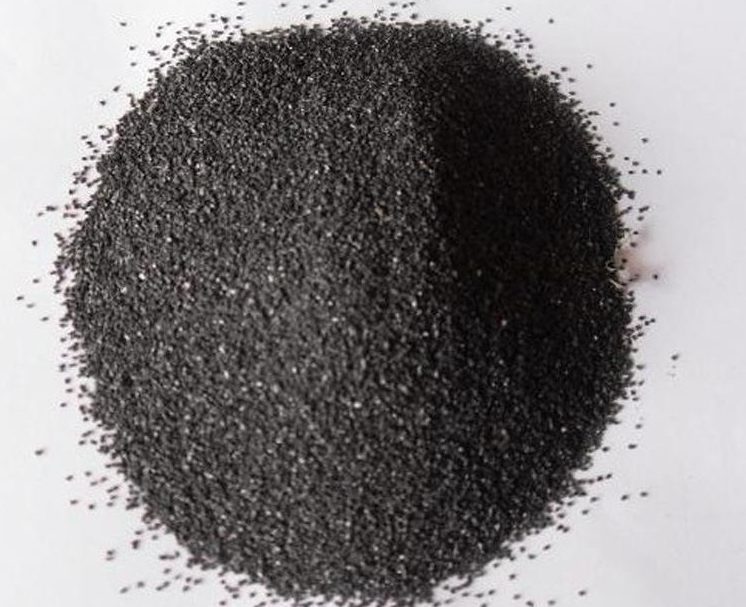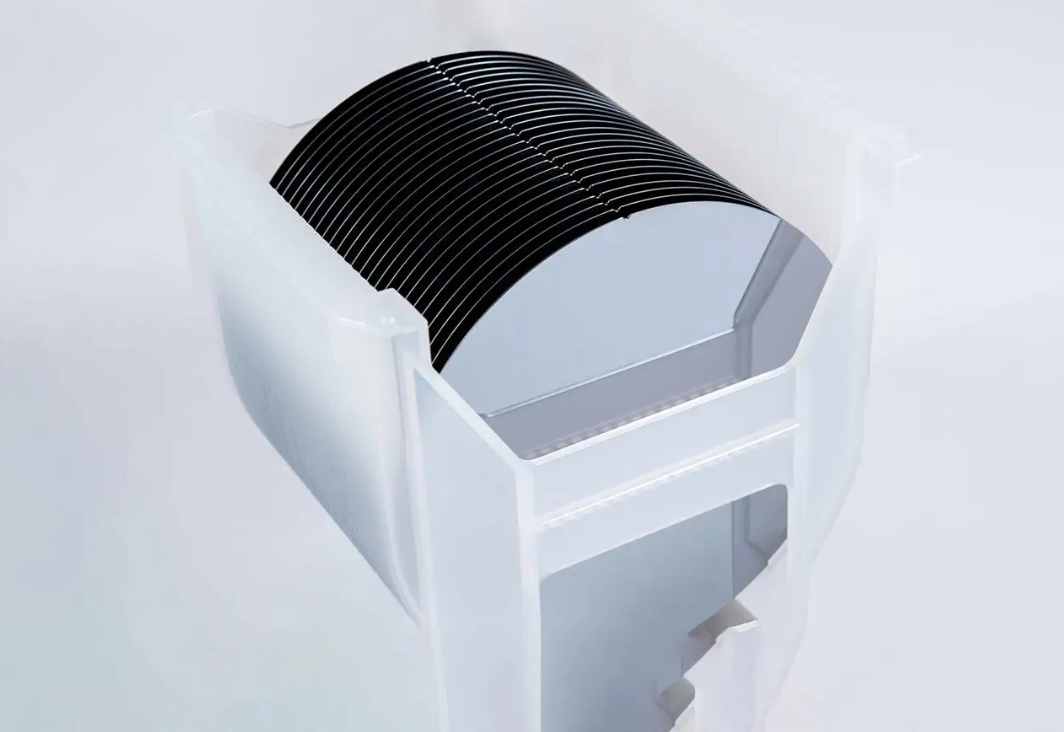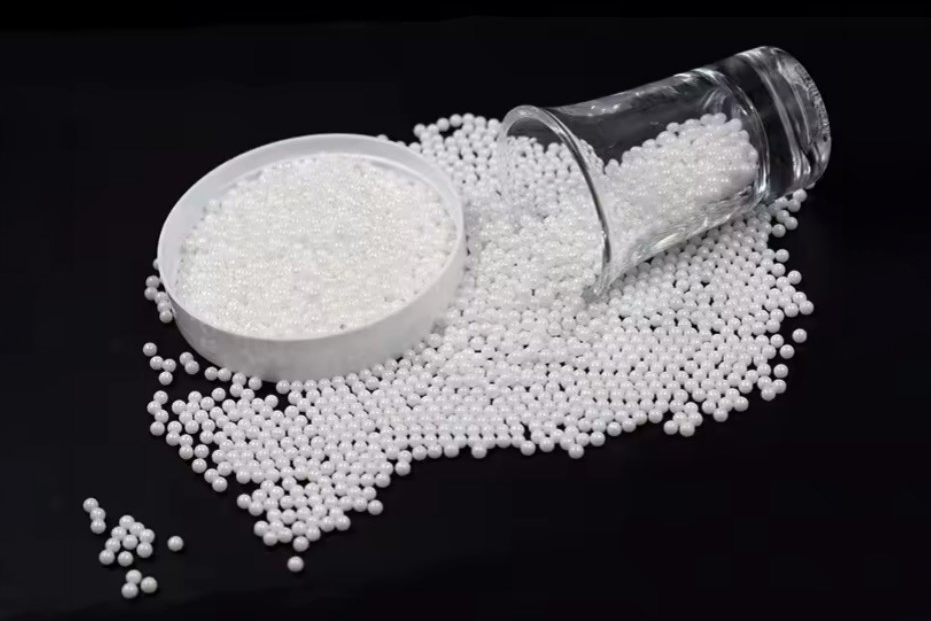Boron Carbide Filament: Properties & Applications

Introduction
Boron carbide, with the chemical formula B4C, is a chemical compound noted for its hardness. It is the third hardest chemical compound and is obtained from both boron and carbon. It does not exist naturally but can be synthesized. Boron carbide was discovered in 1899 by a French chemist and Nobel Prize winner called Ferdinand Frederic Henri Moissan. Moissan was able to discover boron carbide when he reduced boron trioxide with carbon in an electric arc furnace at a very high temperature. However, the chemical formula of this compound was not known until the 1930s. To date, controversy still exists around the precise stoichiometry of boron carbide. It is posited that the chemical formula of ‘ideal’ boron carbide is B12C3. This indicates that boron carbide does not exist as one compound. Instead, boron carbide is a group of compounds with varying compositions of boron and carbon.
Preparation
Boron carbide is prepared in an electric furnace. The process involves reducing boron trioxide with carbon at temperatures above 3036 K. Magnesium is sometimes used in place of carbon. The preparation of boron carbide is represented with the formula: 2 B2O3 + 7 C == B4C + 6 CO Preparing boron carbide can be quite harmful due to the release of carbon monoxide, which is a poisonous gas. Hence, necessary precautionary measures must be taken when preparing boron carbide.

Boron carbide powder
Properties of Boron Carbide
Boron carbide is a hard ceramic. Its Vickers hardness is estimated at >30 GPa. The only materials that are harder than boron carbide are diamond and boron nitride. It usually has a dark gray appearance that makes it look black sometimes. It is colloquially called ‘black diamond’. At room temperature, this chemical compound is usually solid. It melts at a temperature of 3036 K while it boils at a temperature of 3770 K. Boron carbide has a rhombohedral crystal structure. In addition, it is insoluble in water. Boron carbide has a low density, which is about 2.52 g/cm3. Also, its molar mass is about 55.3 g/mol. The electrical property of boron carbide is partly similar to that of insulators and partly similar to that of conductors. Therefore, it is described as a semiconductor. Boron carbide is chemically inert. It rarely reacts with chemicals spontaneously. Boron carbide also has a high cross-section that allows it to absorb neutrons. The band gap of this ceramic is 2.09 eV. Its Elastic Modulus and fracture toughness are at a range that comes close to those of diamond. The Elastic Modulus for boron carbide is about 480 GPa while its fracture toughness is 4 MPa.m1/2.
Applications of Boron Carbide
Boron Carbide Filaments
Two Swedish companies have collaborated in developing boron carbide filaments. What these two companies have succeeded in doing is creating a filament that is not affected by radiation due to the ability of boron carbide to absorb neutrons. Boron carbide filaments are less harmful than filaments made from other materials like cadmium. Hence, the invention of boron carbide filaments is a much-needed critical achievement.
Fuel
One of the uses of boron carbide that has nothing to do with its hardness is its use as a fuel. In ramjets, boron carbide is usually used as a high-energy fuel.
Metal Matrix Composites
The secondary phase of manufacturing a metal matrix composite requires a ceramic. Boron carbide is usually a suitable ceramic for this phase.
Coating
Boron carbide sputtering targets and boron carbide evaporation materials are used in deposition processes including semiconductor deposition, chemical vapor deposition (CVD) and physical vapor deposition (PVD). This is because it is chemically inert and hard. Its chemical inertness ensures that it is less likely to undergo corrosion. Its hardness on the other hand ensures that it protects materials from wear.
Padlocks
High-security padlocks are usually made from boron carbide. This is because such padlocks will be difficult to break, thanks to the hardness of boron carbide.
Control Rod
Boron carbide has a high cross-section that enables it to absorb neutrons. For this reason, boron carbide is usually used as a control rod in nuclear reactors.
Bulletproof Vest and Tank Armor
Due to its remarkable hardness, boron carbide is usually used in the manufacture of bulletproof vests and tank armors. Bulletproof vests and tank armors made with boron carbide are impenetrable to bullets and other sharp objects. Further Reading: Application of Boron Carbide Ceramics in Body Armor
Abrasives
Boron carbide is used as an abrasive due to its hardness. Harder abrasives like boron carbide are known to be more efficient. Boron carbide is usually crushed into a smaller size to be used as an abrasive. Boron carbide is used in cutting tools and grinding machines.
Conclusion
Boron carbide is a popularly used ceramic compound that is highly valued for its hardness. In addition to its hardness, the other properties of boron carbide make it an asset in various industries. Owing to its perceived value, more research is still ongoing on more innovative ways to use boron carbide.
{{item.content}}
LEVE A REPLY
{{item.children[0].content}}
{{item.content}}










